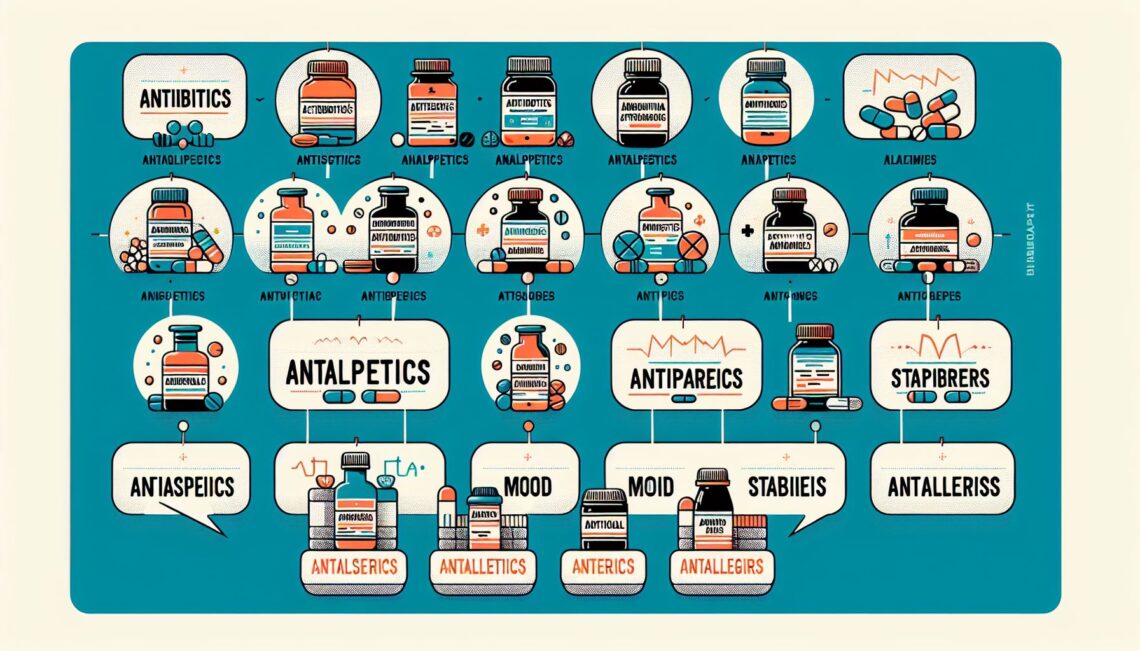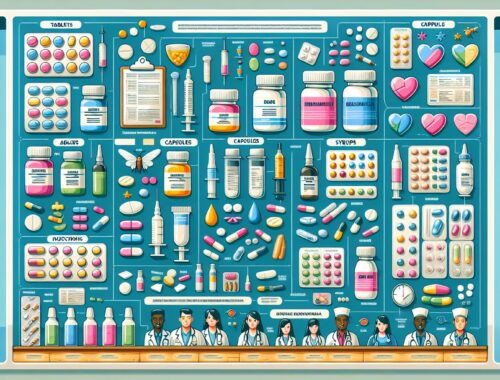
Understanding the Different Types of Medicines
Medication plays a crucial role in maintaining and improving our health. From the common cold to chronic diseases, there are various types of medicines available to treat and alleviate different health conditions. Understanding these different types of medicines can help us make informed decisions about our healthcare. In this article, we explore the various categories of medications and their purposes.
#1. Over-the-Counter (OTC) Medicines
Firstly, let’s discuss the commonly known Over-the-Counter (OTC) medicines. These medications are easily accessible without a prescription from a healthcare professional. Examples of OTC drugs include pain relievers, cough syrups, antacids, and allergy medications. While OTC medications help with mild symptoms or short-term conditions, it is important to consult a healthcare provider if symptoms persist or worsen.
#2. Prescription Medicines
Prescription medications are drugs that require a healthcare professional’s prescription to be purchased. These medications are typically stronger and are used for the treatment of chronic or severe conditions like hypertension, diabetes, or depression. Prescription medicines are accompanied by specific instructions that should be followed carefully. It is essential to have regular check-ups and follow-up appointments to monitor the effects and adjust dosages if necessary.
#3. Antibiotics
Antibiotics are a specific class of medications used to treat bacterial infections. They work by either killing the bacteria or inhibiting their growth, enabling the body’s immune system to combat the infection more effectively. It’s important to note that antibiotics are ineffective against viral infections such as the common cold or flu. Overuse or misuse of antibiotics can lead to antibiotic resistance, so it is crucial to only take them when prescribed by a healthcare professional.
#4. Analgesics
Analgesics, commonly known as painkillers, are medications used to relieve pain. They can be classified into two types: non-opioid and opioid analgesics. Non-opioid analgesics like acetaminophen and nonsteroidal anti-inflammatory drugs (NSAIDs) are commonly used for mild to moderate pain relief. Opioid analgesics, such as morphine or oxycodone, are more potent and are primarily used for severe pain relief. However, opioids have a high risk of addiction and should only be used under medical supervision.
#5. Antidepressants
Antidepressants are medications used to manage depression and other mental health conditions. They work by balancing certain chemicals in the brain that influence mood and emotions. Antidepressants are typically prescribed after a thorough evaluation by a psychiatrist or healthcare professional. It is important to follow the prescribed dosage and communicate any changes in symptoms or side effects to the healthcare provider.
Conclusion
Medications come in various forms and serve different purposes in maintaining and improving our health. Whether it’s OTC medicines for mild symptoms or chronic prescription medications, understanding the different types of drugs helps us make informed decisions about our healthcare. Remember to always consult a healthcare professional for proper diagnosis, prescription, and guidance regarding medications. Together with a healthy lifestyle, medications can play a crucial role in our well-being.

The Different Types of Medicines
You May Also Like

Exploring the Various Types of Medicines
February 18, 2024
Understanding Different Types of Medicines
February 16, 2024
